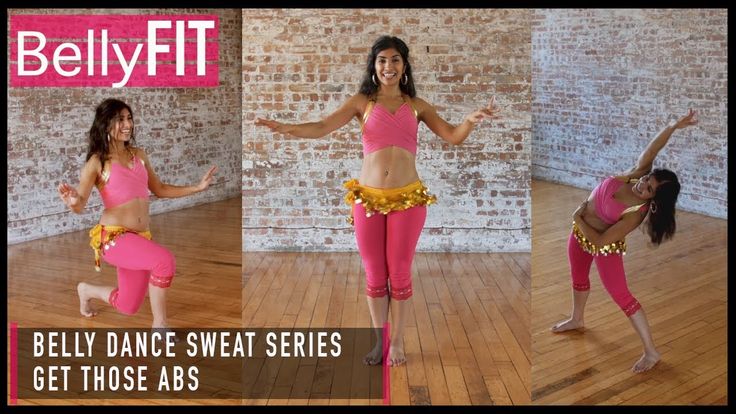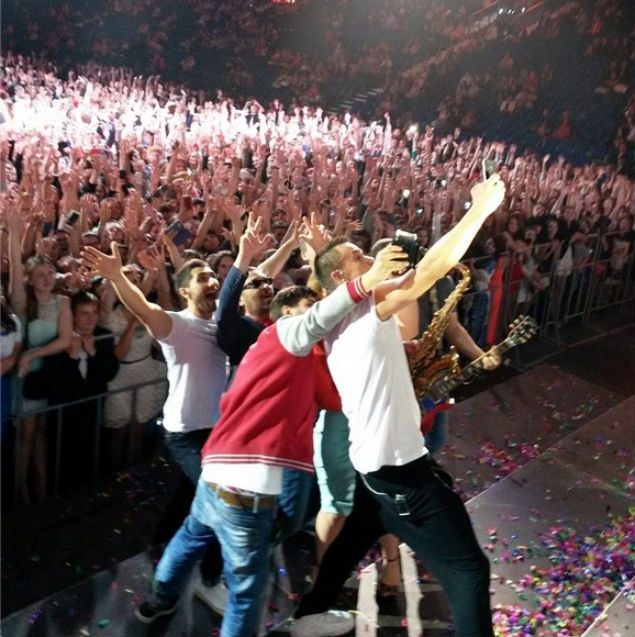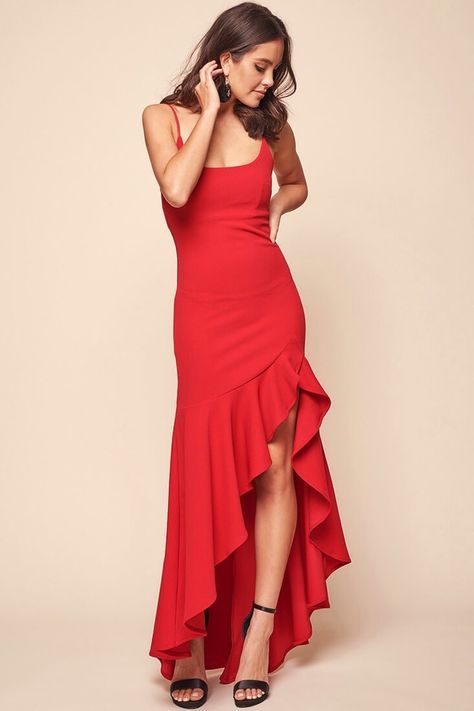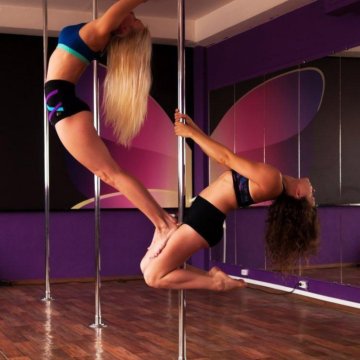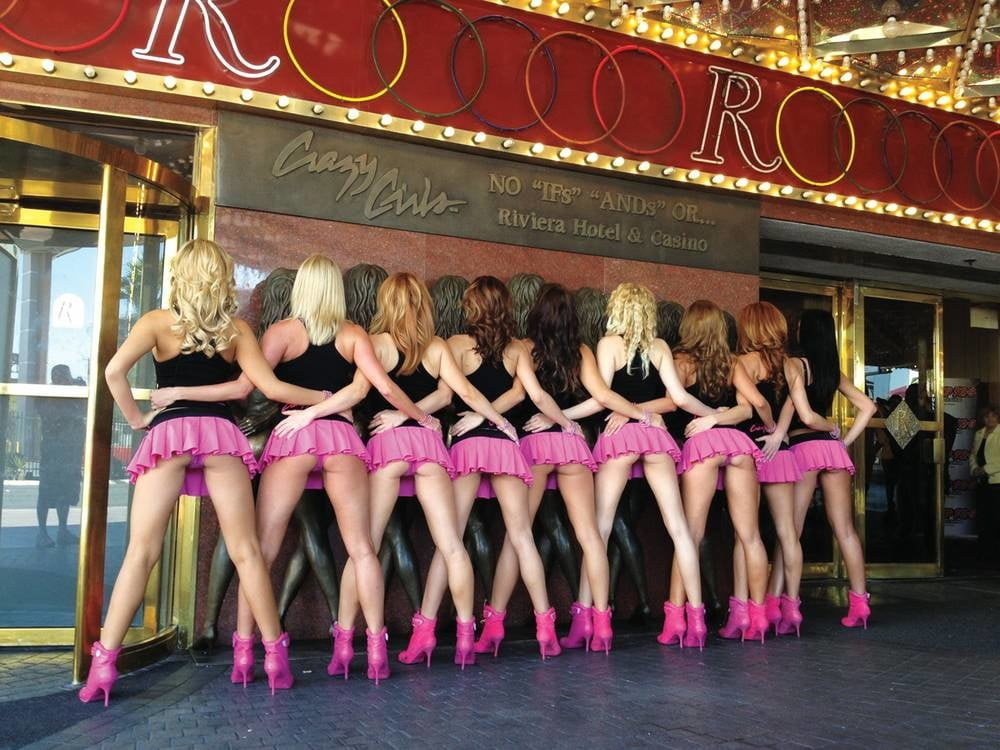How to do lyrical hip hop dance
Lyrical Hip Hop
Put emotion behind it! Tabitha and Napoleon D’umo say to a room of Monsters of Hip Hop convention-goers. The D’umos are in the midst of teaching a lyrical hip-hop combination to “Apologize.” by OneRepublic. Eighteen-year-old L.A.-native Aimee Winston, who assists teachers like the D’umos, Kevin Maher and Tony Testa, concentrates on learning the steps. However, the D’umos instruct her to stop thinking and start feeling. The choreography, a mix of robotic isolations, hard stops, dramatic collapses and floppy bounces, is tailored to bring the song’s message (it’s too late for forgiveness) to life.
“When I put myself in the song and dance out how it makes me feel, my musicality and overall performance is better!” says Aimee, who credits lyrical hip hop with helping her become more animated so she’s not just moving for movement’s sake.
For dancers like Aimee who want to do commercial work, lyrical hip hop is a must. And jazz and ballet dancers find it to be a smoother transition to hip hop. Lyrical hip hop’s contemporary roots are closer to their training than street dance. Plus, they’re more familiar with its pretty melodies than rough rap beats.
You may have seen lyrical hip hop on shows like “So You Think You Can Dance” or “America’s Best Dance Crew.” Still not sure what it is? DS has got the exclusive, all-access breakdown of this popular style!
Hip Hop vs. Lyrical Hip Hop
When you’re trying to identify a lyrical hip-hop routine, look for hip-hop choreography sprinkled with contemporary-inspired steps that tell a story to the lyrics of a song (usually a slow one with a strong beat).
“You’re not going to see hitting, locking or buck style in lyrical hip hop,” Napoleon says. Expect isolations (especially of the chest), slow, fluid movements (like gliding and body waves) and contemporary-inspired turns (but not pirouettes). There’s popping, but not the hard-hitting kind. Dancers are meant to look like they’re unwinding, unraveling and floating.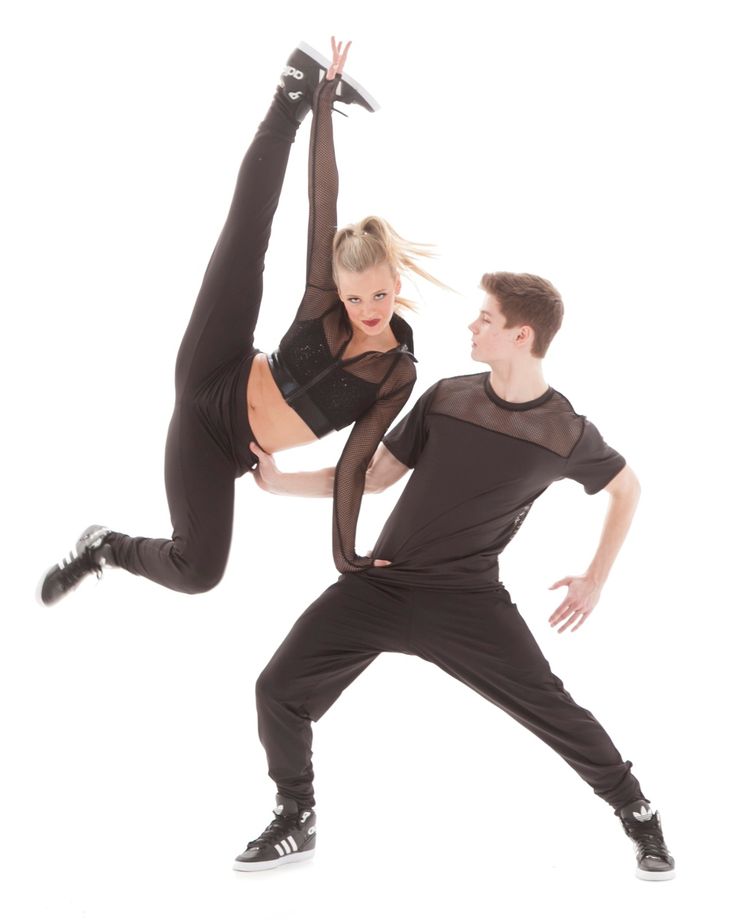
Give Me a Beat!
Both hip-hop and lyrical hip-hop dancers are extremely musical, but they interpret the beat differently. Hip-hop dancers hit the beat (one, two, stop). Lyrical hip-hop dancers ride through the beat while still accenting it (one, two-ooo).
“In hip hop, if you were dancing with a partner, you would punch and stop at his face,” “ABDC” judge Shane Sparks explains. “But in lyrical hip hop, you would punch and go past his face. Lyrical hip hop contains movements across measures.” And the nuances and smooth melodies of slower R&B songs and ballads are the perfect tunes for the style.
Once Upon a Time
There has always been story-telling in hip hop. “People assume that the only emotions in hip hop are anger and aggression,” Jed Forman, NYC popping teacher, says. “But street dance was also about hardship, and this came out through the moves.”
What makes lyrical hip hop unique is that there has to be a story.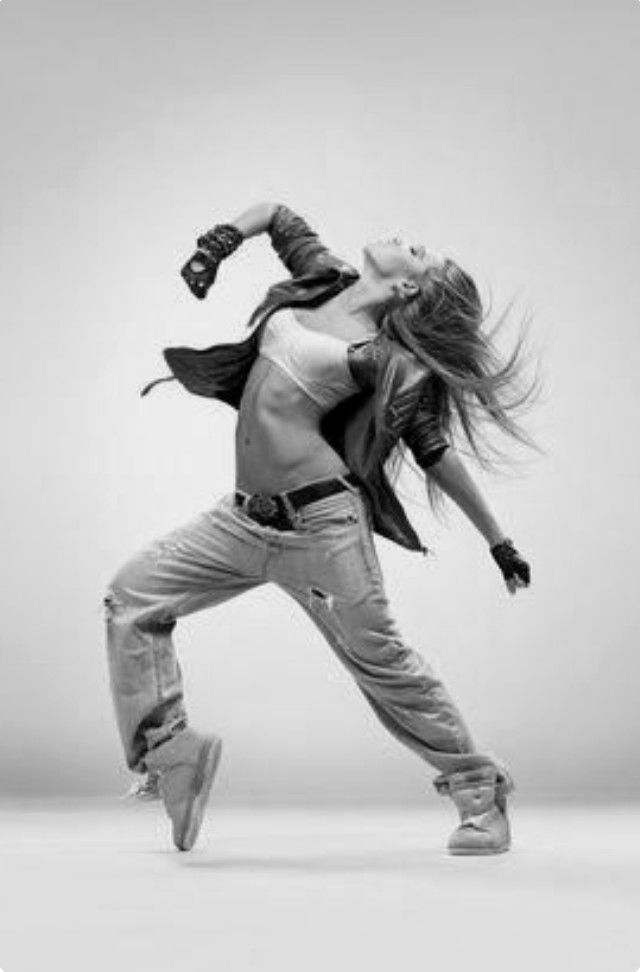 (In hip hop it’s acceptable to have one or not.) And these stories go beyond the emoting you might see dancers do during a contemporary routine. Lyrical hip-hop dancers take it to another level by actually playing characters. “A guy walking down the street snapping his fingers isn’t dramatic enough to be considered lyrical hip hop,” Tony Testa, commercial guru and convention teacher, explains. “But a guy walking down the street trying to get the girl is!” Learning how to dance out stories to the extreme can help those looking to release their technique and take their showmanship to the next level.
(In hip hop it’s acceptable to have one or not.) And these stories go beyond the emoting you might see dancers do during a contemporary routine. Lyrical hip-hop dancers take it to another level by actually playing characters. “A guy walking down the street snapping his fingers isn’t dramatic enough to be considered lyrical hip hop,” Tony Testa, commercial guru and convention teacher, explains. “But a guy walking down the street trying to get the girl is!” Learning how to dance out stories to the extreme can help those looking to release their technique and take their showmanship to the next level.
Its Roots
Perhaps the first time you heard “lyrical hip hop” was on Season 4 of “SYTYCD.” Mark Kanemura and Chelsie Hightower had just performed a routine about a workaholic and his neglected girlfriend choreographed by the D’umos to Leona Lewis’ “Bleeding Love.” Guest judge Adam Shankman jumped out of his chair with delight and called the dance lyrical hip hop.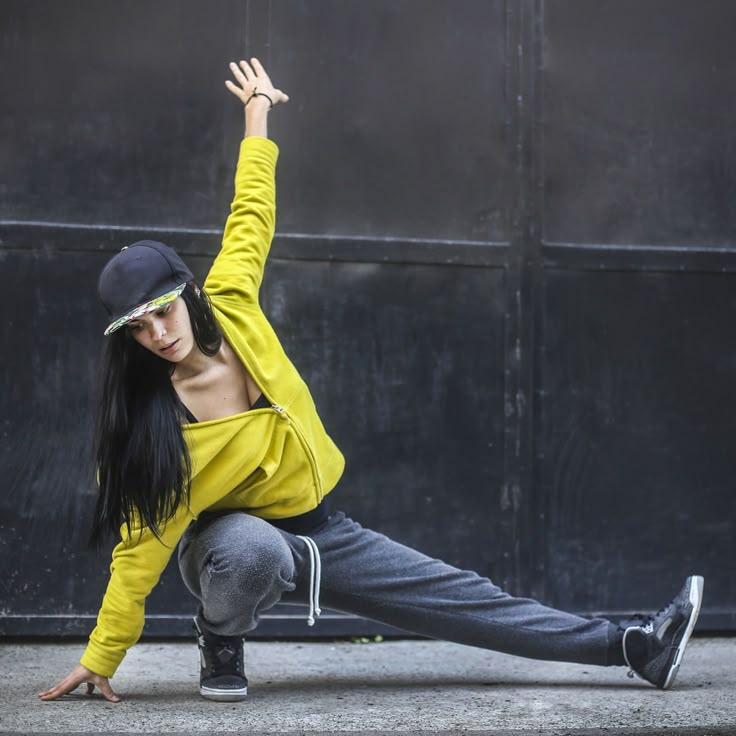 However, this wasn’t the birth of the movement.
However, this wasn’t the birth of the movement.
The D’umos (and many others) taught similar routines throughout the ’90s. In order to get Las Vegas executives to hire them, the D’umos made street dance mainstream by telling relatable stories and using pop music.
Lyrical hip-hop choreography was more fitting to the Las Vegas stage than freestyle dance battle sequences. “Things that come from the street have a completely different aesthetic. Street dance is done in a circle, so there’s no sense of ‘What am I projecting to the audience?’” Forman says. “With lyrical hip hop, the moves are made to be done in front of an audience that’s looking at a stage.”
When “SYTYCD” aired in 2005, the program’s producers were looking for creative styles that would appeal to mass audiences. Lyrical hip hop was a perfect fit. When the camera zooms out, you can see all of the dancers in a single frame, and when it zooms in, the animated faces are exciting to watch. Plus the style challenges dancers’ versatility, and the story-telling aspect of it helps them create chemistry with their partner onstage.
The Great Debate
Those deep within the hip-hop community love the artistry of lyrical hip hop but have some objections to how it’s being labeled. According to Sparks, mashing two words together doesn’t make a new style. “You can’t call something a cat-dog or a dog-cat and make it a real thing,” he explains. “The same idea goes for lyrical hip hop.”
Others say the movement doesn’t reflect true street style. “Lyrical hip-hop moves, like dramatic coasts and grabs, don’t have groove—they’re more linear,” Forman explains. “It’s that groove that makes a step hip hop.”
However, the D’umos and many others do consider it to be hip hop. “When I read blogs claiming that our choreography isn’t hip hop,” Napoleon says, “I think, ‘We’re not doing booty shaking or popping and locking, but that’s not our style of hip hop.’ People say we look too technical, but I’m a freestyler!”
A Final Thought
Labels aside, lyrical hip hop is one of the ways in which urban dance is evolving.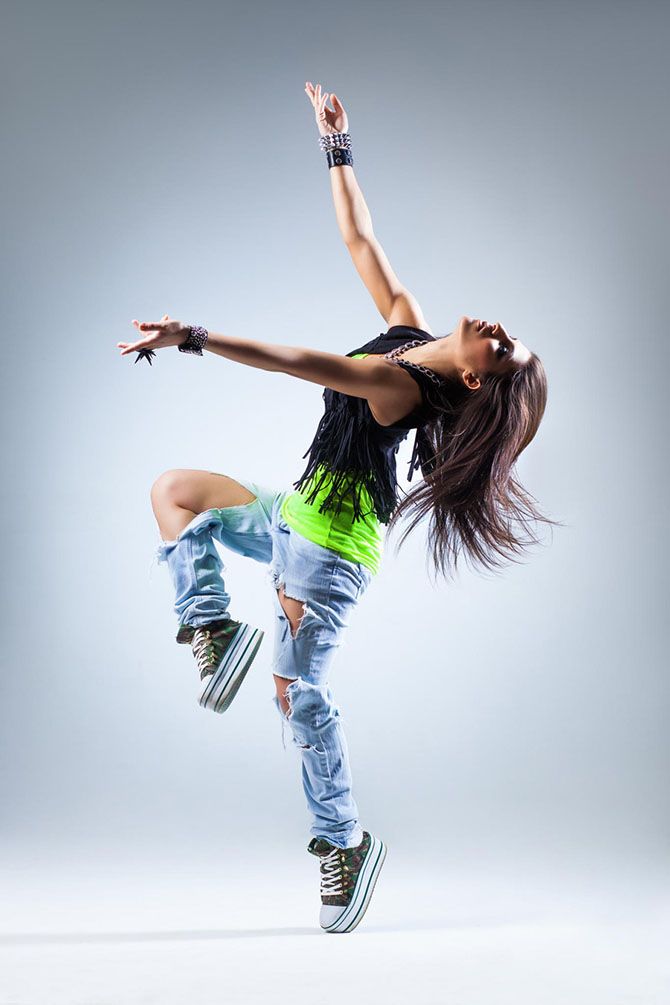 “People have so much access to dance via web and TV,” says Sparks.
“People have so much access to dance via web and TV,” says Sparks.
“So we need to keep giving them new stuff, like lyrical hip hop. Forget the title—accept the creativity of it!” As for what we’ll see next from the great lyrical hip-hop masters, the D’umos?
“Well, I’d love to do a Jason Mraz song,” Napoleon says.
“I don’t think they’re ready for that yet.…” Tabitha says.
And if you’re a savvy dancer like Aimee? Add the style to your to-do list, not only because it’s fun, but because it may be what gets you hired at your next audition!
Tabitha teaching at ABDC. Photo: courtesy the D’Umos
What is Lyrical Dance and Why Is It Becoming So Popular?
Lyrical dance may be one of the newcomers to the range of dances being learned around the country. But it has quickly become popular for everyone from kids learning their first dance to adults looking to expand their dancing skills. But what is lyrical dance and what makes it so popular?
What is lyrical dance?
Lyrical dance is a combination of ballet and jazz dance that often uses music with lyrics to inspire the movements of the dancer.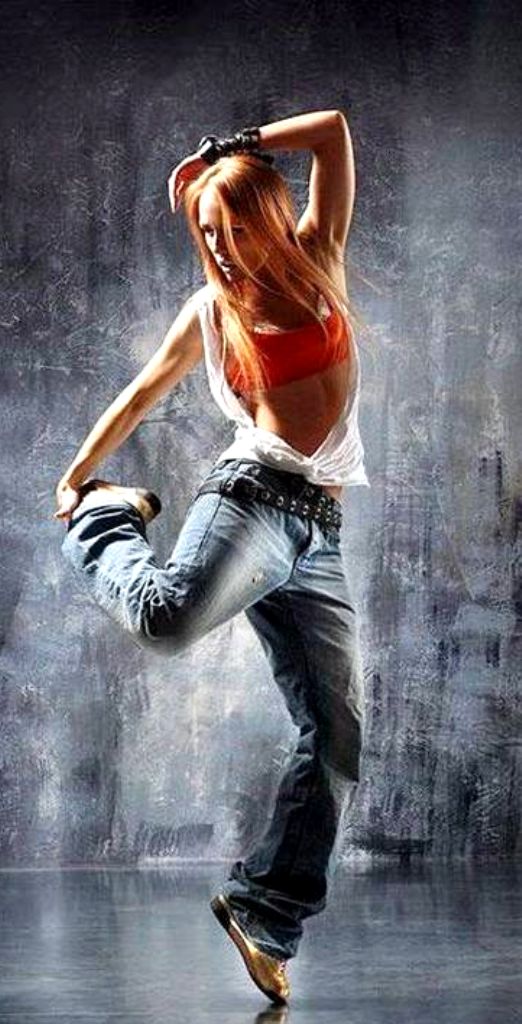 Choreographers use the lyrics from the song to inspire the dance and the result is a style that focuses on strong emotion as well as a more individual approach than some dance styles. It is also a very precise dance with the dancer’s movements portraying the emotion and story of the song.
Choreographers use the lyrics from the song to inspire the dance and the result is a style that focuses on strong emotion as well as a more individual approach than some dance styles. It is also a very precise dance with the dancer’s movements portraying the emotion and story of the song.
Lots of different types of music are used for lyrical dance. These include pop, rock and blues as well as hip-hop and music from around the world. Minimalist music such as the creations of Philip Glass has been used by lyrical dancers as well as the work of Steve Reich. More recently, music from Africa has become a part of the dance style, with the sounds from places such as Soweto being used.
Differences from ballet and jazz
Ballet has been around a lot longer than lyrical dancing and started back in the 15th century. It became a type of concert dance using music and a choreographer to become the classic dance we associate today with productions such as the Nutcracker. It is a dance often done by trained professionals at the highest levels with top orchestras and using famous composer’s music.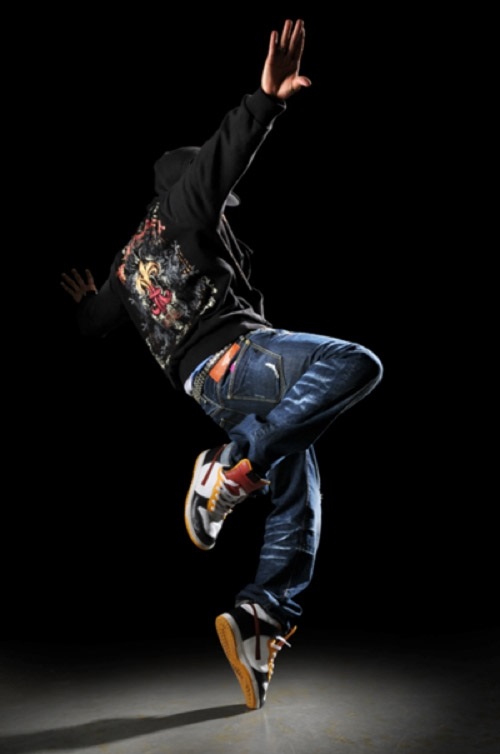 But children as young as two can start to learn it.
But children as young as two can start to learn it.
Jazz dance came alongside jazz music and is a fun and energetic dance style. There are lots of quick turns and daring leaps with plenty of fancy moves involved. These dancers have grace and balance but also the fluid movements that lyrical dance has inherited. It is a popular dance to learn for adults but also for kids who learn a range of associated skills from it.
Why it lyrical dance popular?
Lyrical dance combines both of these older styles of dance and some experience with them can help you learn this style – although this isn’t compulsory to take lyrical dance lessons. It has been made famous by productions such as those of Cirque du Soleil and the emotional content of it appeals to many people.
It is a great dance style to learn kids because they can easily relate to that emotional content. It is less physically demanding than jazz dance or ballet with the concentration being more on individual style than exact dance moves and this makes it accessible for people of all ages and dance abilities.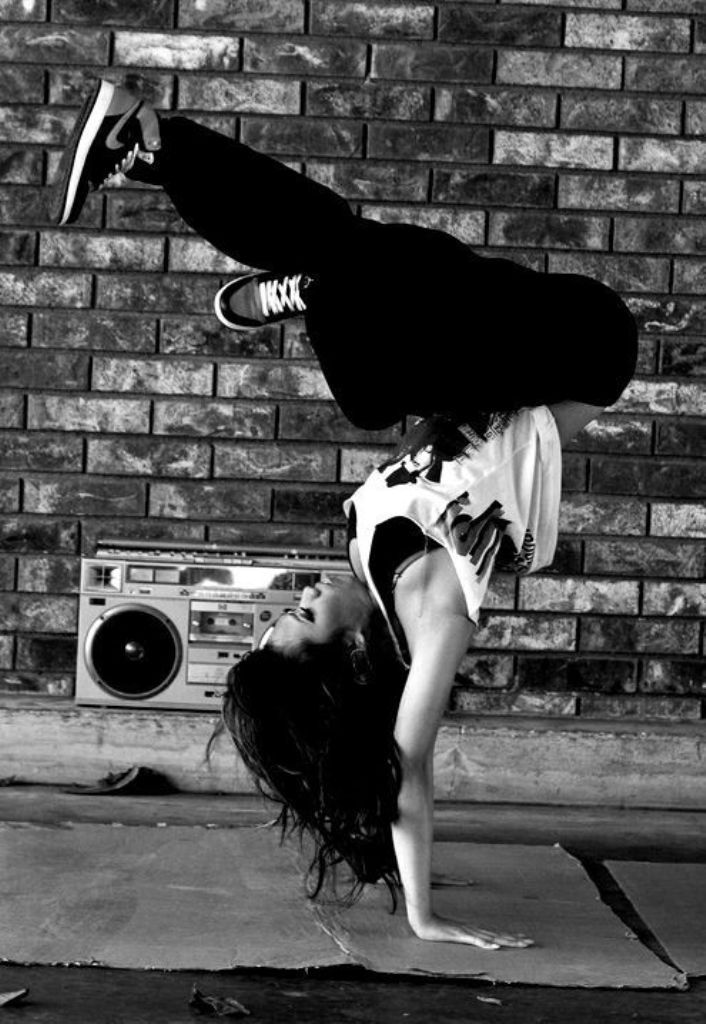
Lyrical dancing is also evolving and changing as the dancers and choreographers learn and develop their styles. This means that there is plenty of room for self-expression in the style and there is something that will appeal to almost everyone in it.
Lyrical hip-hop. Learning to dance lyrical hip-hop at the dance school.
| Different directions of club dances enjoy impressive popularity at the present time. What is their secret? First of all, it is club music that allows you to fully relax and enjoy the music and the movements made to its rhythm. In addition, one should not forget about the numerous fans who strive to hone their own skills, plasticity and sense of rhythm. Club dance is the result of mixing different street dance styles with the canons and rules of classical choreography. At the same time, club dances do not require strict compliance from dancers, but, on the contrary, calls for freedom of choice in musical styles, movements and, of course, mood.
You can also learn Latin here |
Your attention is one of the most famous street dances HiR HOP
Hip hop dances are a kind of modern street choreography. This genre arose as one of the first street dances, which already at that time included elements of locking, breaking dance, popping, etc., which later received a separate subspecies of choreography. The name hip hop appeared much earlier than dance, earlier it meant only a musical direction, it's something between rap and RnB, so you can not only dance hip hop, but also listen and sing.)
This genre arose as one of the first street dances, which already at that time included elements of locking, breaking dance, popping, etc., which later received a separate subspecies of choreography. The name hip hop appeared much earlier than dance, earlier it meant only a musical direction, it's something between rap and RnB, so you can not only dance hip hop, but also listen and sing.)
Hip hop came to the big scene from the streets, just like other street dance styles, hip hop dance was born in a not very prosperous area of the USA, and it happened in the 1970s, very soon this dance gained high popularity among local residents, and in order to somehow cultivate and root it, a special organization was created which was called "Hip Hop Culture", and which was engaged in the development of hip hop and promoted it to the general public, for this various types of battles were held, at first they were small actions among themselves , then between the streets, and then between the districts.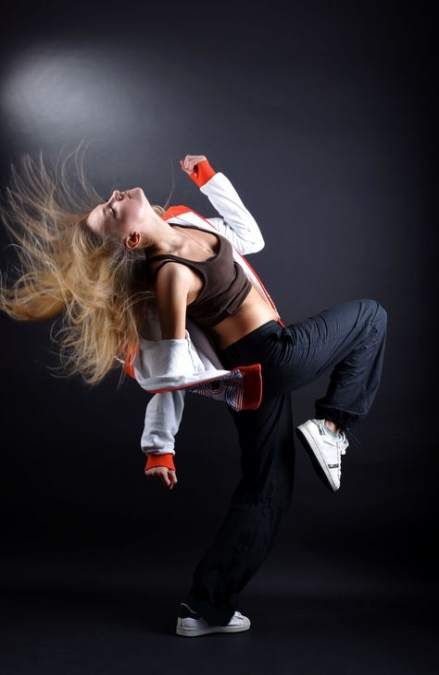 It happened in the open air, right on the pavement, without any special equipment, since the Ministry of Culture did not believe that something good could develop from hip hop and somehow glorify their country.
It happened in the open air, right on the pavement, without any special equipment, since the Ministry of Culture did not believe that something good could develop from hip hop and somehow glorify their country.
And yet it happened and greatly influenced the world's choreography, now if we say two words America and dance, then we immediately have an association with hip hop.
Hip hop dance has become very popular, probably there is no country where hip hop is not danced, grandiose shows, competitions, festivals originate from this style, dancers from all over the world come to them with huge teams.
Whatever it was, but every dance school in Lviv has hip hop dance style in its arsenal, it has gained the greatest popularity among young people and children, especially among boys.
How to learn to dance hip hop. Children's hip hop.
No matter where you go to the dance studio, you will definitely find the hip hop dance style. Everyone can do this dance, there are lessons for beginners where you will be taught to dance hip hop from scratch.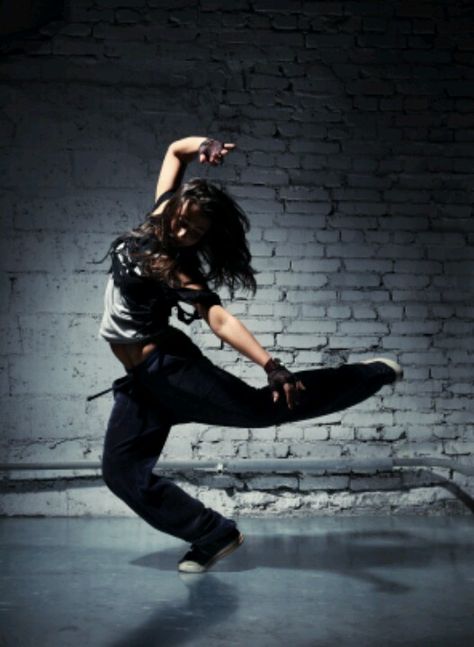
There are lessons of various levels of training, you can dance hip hop just for yourself, for your own pleasure, or you can do it professionally, then taking part in various events of a competitive and demonstration type.
As for children, children's hip hop is probably the most popular dance direction among children today, and although many adults believe that this is a cottony, somewhat brutal dance style, girls are not at all afraid of this and they also go to classes with hip hop.
Hip hop basic movements and variety, clothes and music for hip hop.
For hip hop, just like for any other dance, a sense of rhythm is important, by and large hip hop is improvisation, that is, you yourself, to the music that is playing now, come up with movements and perform them at the same moment. Of course, there are certain elements without which hip hop is impossible, so for good improvisation in the future you need to study them, the base in hip hop is quite large compared to other street dances, it includes a variety of “swings” with various parts of the body, as well as a large number of steps .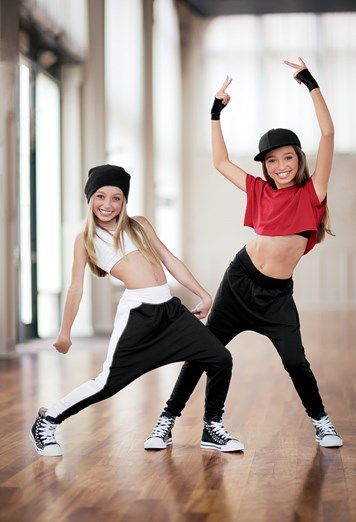
Hip hop improvisation is called freestyle, just like improvisation in rap.
It is almost impossible to learn hip hop on your own, especially if you have never danced anything before, the whole system of hip hop performance will be explained to you more easily in the studios where this style is taught.
The understanding of hip hop as a rough and hard dance is long gone, now there are many varieties of hip hop, thanks to which you can choose exactly the kind that suits you.
Hip hop distribution:
- Old school, that is, the hip hop that was danced from its very beginnings.
- New school - a new school, hip hop is popular today.
- Lyrical hip hop - lyrical hip hop, gentle in performance compared to the usual, can be performed not only by girls but also by guys.
This is one of the main varieties of hip hop.
The musical accompaniment for this dance, as you already understood, is rap, sometimes called hip hop and RnB.
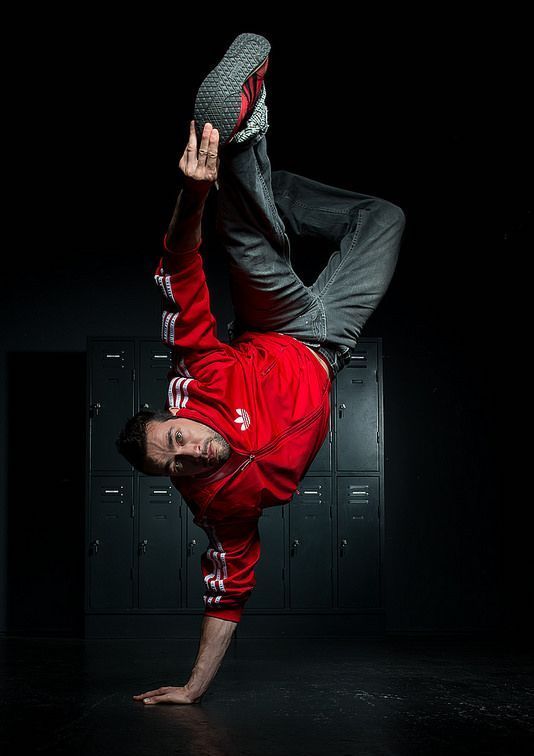
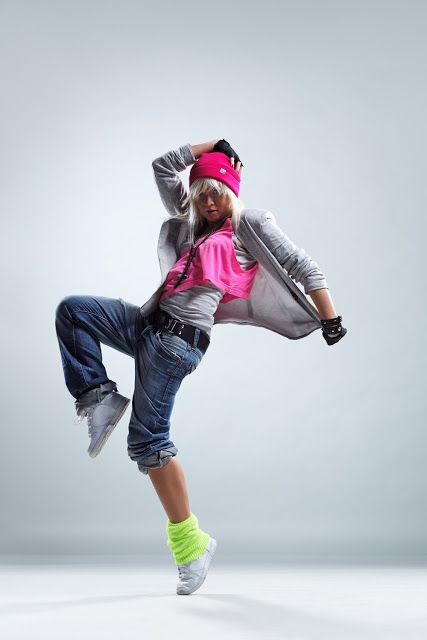
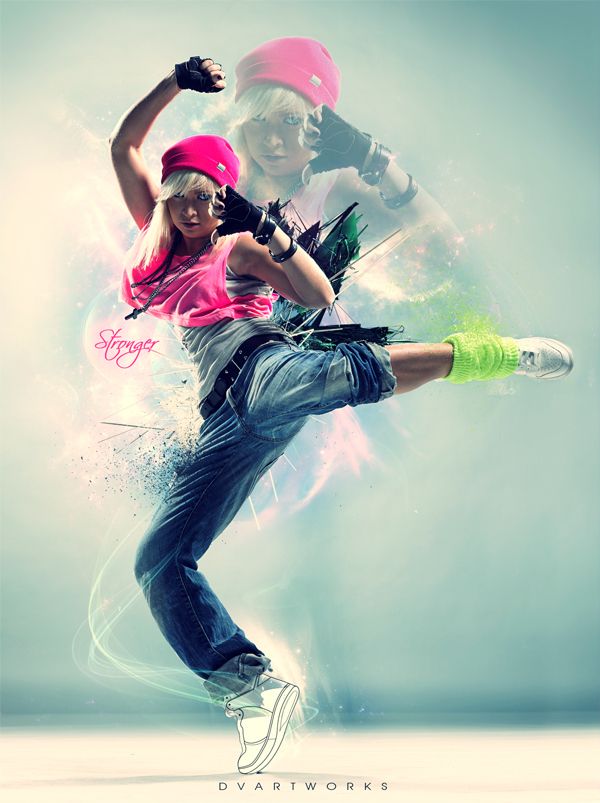 Thanks to us, you will always and everywhere feel at ease.
Thanks to us, you will always and everywhere feel at ease. 



